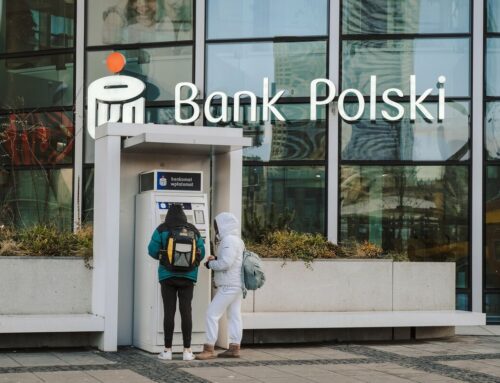Finally, Good News for Tesla Investors — or Is It?
October 12, 2025
After a year filled with negative headlines, consumer backlash, and declining global sales, Tesla has some good news — or does it?
Tesla (TSLA -4.97%) investors have waited years for a lower-cost model. Its CEO, Elon Musk, has referenced a $35,000 price point as crucial to success as long ago as 2013, and originally the Model 3 was sold for a little under $50,000 back in 2017. Tesla did introduce a rear-wheel drive Model 3 with a reduced range in 2019 for about $35,000, but eventually discontinued that version.
Fast-forward to today, and Tesla is launching not one, but two more affordable versions, one each of the Model Y crossover and Model 3 sedan with prices below $40,000 before shipping. That sounds like great news for investors, but let’s dig into the details first.
Devil in the details
Tesla has named the base Model Y the Standard Rear-Wheel Drive, which starts at $39,990 before shipping and is about $5,000 less than the previous base trim, which is now referred to as the Premium Rear-Wheel Drive.
The new Model 3 Standard Rear-Wheel Drive starts at a slightly lesser $36,990 before shipping, which is about $5,500 less than the previous base model, which is also renamed to Premium Rear-Wheel Drive.
Despite the lowered price tags, there are a few remaining questions that are a little more complicated to sort, including what consumers give up to attain the more affordable price tag. Tesla was stuck between a rock and a hard place in how to achieve its more affordable models because it was limited in how many features and how much range it could take away while maintaining its premium brand image.
While investors had hoped for a vehicle closer to $30,000 to really take an honest shot at strengthening demand, the current standard price points are more realistic. To save costs, Tesla used a battery pack that is about 10% smaller, but still boasts a driving range over 300 miles, which is a key mark and selling point for electric vehicle (EV) buyers. More specifically, Tesla’s standard Model Y and Model 3 have roughly 321 miles of range compared to the premium’s 357 and 363 miles, respectively.
Other features removed for the standard models include ventilated seats, rear heated seats, and feature fabric inserts instead of imitation leather. The Model 3 also retains the panoramic glass roof, while the cheaper Model Y has fabric covering the interior of the roof panel with the outside remaining glass. Tesla also removed the rear touchscreen from the standard models, and introduced a standard audio system to replace the premium version. There are also a handful of smaller changes, including manual-fold mirrors instead of powered, regular glass compared to acoustic glass, and manually adjustable steering wheels compared to powered.
So, what’s the problem?
At first glance, this seems like a win for investors. However, it’s unclear how consumers will see the value proposition, and we do have at least a little precedent with Tesla’s previous adventure with the more affordable Cybertruck. The more affordable Cybertruck hit the roads in April for a sticker price roughly $10,000 less than the all-wheel drive version, but with the caveat that it removed about $20,000 worth of features. By September, however, that version of the Cybertruck was already discontinued, having lasted about six months.

Image source: Tesla.
Another factor working against the more affordable Model Y and Model 3 is that Tesla doesn’t currently offer a lease option for the new models — which isn’t unusual for a new variant or model. Further, according to Electrek, the financing offered for the new Model Y standard is at an APR nearly 30% higher than the cheapest premium version.
Investors also have to consider that even if the new standard models are a success with sales volume, they’re likely only cannibalizing the company’s more premium options, which would depress margins in the near term.
Is it even good news?
The jury remains out on whether or not this was actually a good move for Tesla investors, but it does at least open the door to a consumer dead set on getting into a Tesla as cheaply as possible. However, it does seem like a real possibility that going this route, rather than a true new model on a new platform with the lower price tag, might not generate the expected sales jolt or demand that investors hoped for.
That said, at this point with the headwinds the company faces globally, and amid its current sales struggle, it’s at least worth trying the more affordable model strategy launched this week. At the end of the day, Tesla investors would be wise to temper their expectations for the more affordable models; the value proposition just might not be enough.
Search
RECENT PRESS RELEASES
Related Post



